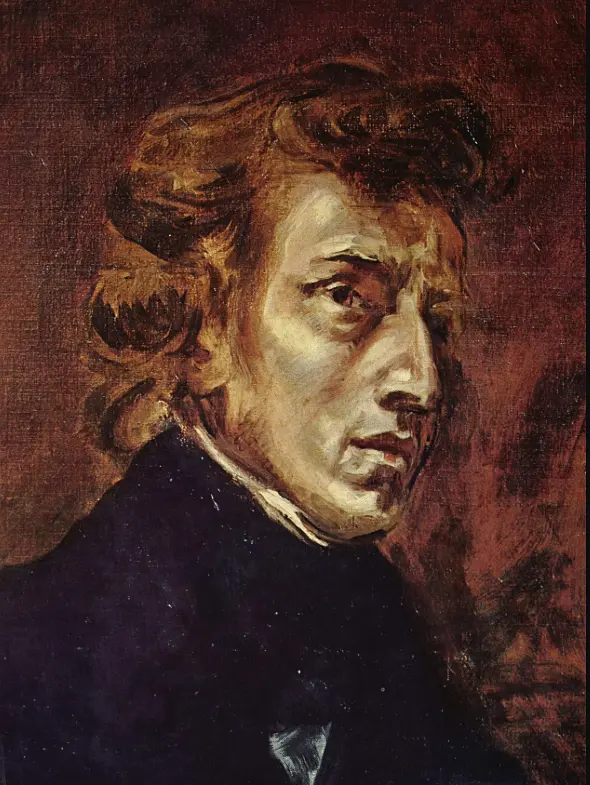Chopin Piano Concerto No. 1
- classical music
- Apr 24, 2022
- 2 min read
Piano Concerto No. 1 in E minor, Op. 11
Composer: Frédéric Chopin
Date of publication: 1830

In 1830, Chopin began writing his "first" concerto, right after composing his "second" piano concerto in 1829. Chopin and his publishers gave his second concerto the title of Concerto No. 1 due to the fact that it was set to be published first (even though its première was on on October 11th 1830, a full 208 days after the première of his “first” concerto). During the same time that Chopin began working on his concerto, he had started making plans to move to Vienna to continue his career. As a result, his concerto, dedicated to Friedrich Kalkbrenner, was made as a sort of "farewell" piece to Poland. His bittersweet decision is reflected in a letter to his friend, Tytus Woyciechowski, where he wrote, "Here you doubtless observe my tendency to do wrong against my will. As something has involuntarily crept into my head through my eyes, I love to indulge it, even though it may be all wrong."
Despite Chopin detesting writing orchestration and sometimes even going as far as making far less skilled friends write the orchestral accompaniment for his piano pieces, Chopin wrote the orchestrations for his first and second concertos all by himself. However, this was more so seen as a necessary chore for Chopin — Every other great pianist had written their own concerto before, so Chopin felt obligated to do the same. As a result, many criticize Chopin's orchestration for being lackluster and dull. They criticized his use of only one trombone in the entire symphonic orchestra and how his 3rd and 4th horns do not play a note in the final 2 movements, along with a drawn out introduction before the piano even plays a note. Others, who hold Chopin on a high pedestal, believe that this was intentional; Chopin wanted to make his orchestration less interesting to bring out and contrast his masterful piano writing. In his first movement, Chopin makes an interesting decision to modulate in between E minor and its parallel major, E major several times, before ending in G major, preparing the second movement. His second movement, following typical sonata form, is a slower one, with passionate lyrical passages. Chopin acknowledges this, saying ,"[it] rests on a beloved landscape that calls up in one’s soul beautiful memories— for instance, …a fine, moonlit spring night." Finally, Chopin bases his third movement off of a Polish dance, Krakowiak. Thus, he employs a meter of 2/4 with many syncopations and dotted rhythms to bring out a jolly mood.
Fun Fact: Chopin played his concerto in the Teatr Narodowy (the National Theatre) in Warsaw, Poland during the première on 11 October, 1830.
Movements:
I. Allegro maestoso
II. Romanze – Larghetto (E major)
III. Rondo – Vivace in E major


